Related Research Articles
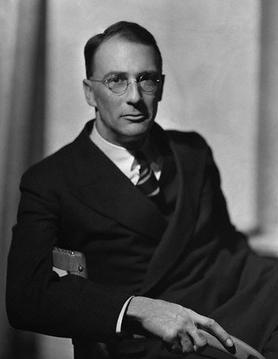
Cecil Louis Troughton Smith, known by his pen name Cecil Scott "C. S." Forester, was an English novelist known for writing tales of naval warfare, such as the 12-book Horatio Hornblower series depicting a Royal Navy officer during the Napoleonic Wars. The Hornblower novels A Ship of the Line and Flying Colours were jointly awarded the James Tait Black Memorial Prize for fiction in 1938. His other works include The African Queen and The Good Shepherd.
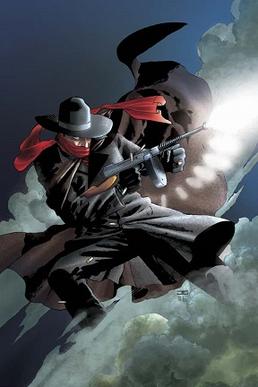
The Shadow is a fictional character published in the United States of America by magazine publishers Street & Smith and writer Walter B. Gibson. Originally created to be a mysterious radio show narrator, and developed into a distinct literary character in 1931 by writer Walter B. Gibson, The Shadow has been adapted into other forms of media, including American comic books, comic strips, serials, video games, and at least five feature films. The radio drama included episodes voiced by Orson Welles.

The Spider is an American pulp-magazine hero of the 1930s and 1940s. The character was created by publisher Harry Steeger and written by a variety of authors for 118 monthly issues of The Spider from 1933 to 1943. The Spider sold well during the 1930s, and copies are valued by modern pulp magazine collectors. Pulp magazine historian Ed Hulse has stated "Today, hero-pulp fans value The Spider more than any single-character magazine except for The Shadow and Doc Savage."
Walter Brown Gibson was an American writer and professional magician, best known for his work on the pulp fiction character The Shadow. Gibson, under the pen-name Maxwell Grant, wrote "more than 300 novel-length" Shadow stories, writing up to "10,000 words a day" to satisfy public demand during the character's golden age in the 1930s and 1940s. He authored several novels in the Biff Brewster juvenile series of the 1960s. He was married to Litzka R. Gibson, also a writer, and the couple lived in New York state.

Frederick Orlin Tremaine was an American science fiction magazine editor, most notably of the influential Astounding Stories. He edited a number of other magazines, headed several publishing companies, and sporadically wrote fiction.
Selwyn Jepson was an English mystery and detective author and screenwriter. He was the son of the fiction writer Edgar Jepson (1863–1938) and Frieda Holmes, daughter of the musician Henry Holmes. His sister Margaret (1907–2003) was also a novelist and the mother of the author Fay Weldon.

Reginald Leigh Dugmore, known professionally as Reginald Denny, was an English actor, aviator, and UAV pioneer.
Ernest James Haycox was an American writer of Western fiction.

Street & Smith or Street & Smith Publications, Inc., was a New York City publisher specializing in inexpensive paperbacks and magazines referred to as dime novels and pulp fiction. They also published comic books and sporting yearbooks. Among their many titles was the science fiction pulp magazine Astounding Stories, acquired from Clayton Magazines in 1933, and retained until 1961. Street & Smith was founded in 1855, and was bought out in 1959. The Street & Smith headquarters was at 79 Seventh Avenue in Manhattan; it was designed by Henry F. Kilburn.

Achmed Abdullah was an American writer apparently from Afghanistan. He gave his full name variously as "Achmed Abdullah Nadir Khan el-Durani el-Iddrissyeh" or as "Alexander Nicholayevitch Romanoff". He is most noted for his pulp stories of crime, mystery and adventure novels. He wrote screenplays for some successful films. He was the author of the progressive Siamese drama Chang: A Drama of the Wilderness, an Academy Award-nominated film made in 1927. He earned an Academy Award nomination for collaborating on the screenplay to the 1935 film The Lives of a Bengal Lancer.
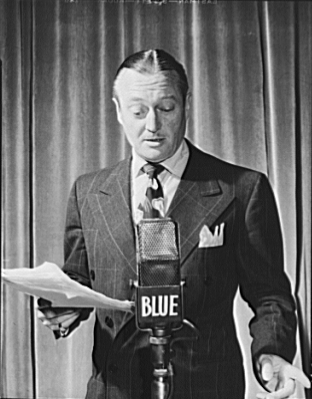
Edmund Sherbourne Lowe was an American actor. His formative experience began in vaudeville and silent film.
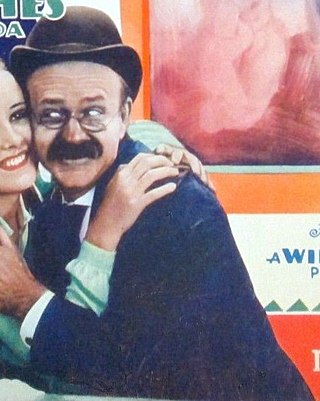
Lucien Littlefield was an American actor who achieved a long career from silent films to the television era. He was noted for his versatility, playing a wide range of roles and already portraying old men before he was of voting age.
Norvell Wordsworth Page was an American pulp fiction writer, journalist and editor who later became a government intelligence worker. He is best known as the prolific writer of The Spider pulp magazine novels (1933–1943).
Carroll John Daly (1889–1958) was a writer of crime fiction. One of the earliest writers of hard-boiled fiction, he is best known for his detective character Race Williams, who appeared in a number of stories for Black Mask magazine in the 1920s.

Roscoe Karns was an American actor who appeared in nearly 150 films between 1915 and 1964. He specialized in cynical, wise-cracking characters, and his rapid-fire delivery enlivened many comedies and crime thrillers in the 1930s and 1940s.
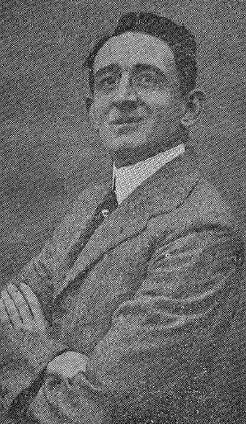
Charles Fulton Oursler Sr. was an American journalist, playwright, editor and writer. Writing as Anthony Abbot, he was an author of mysteries and detective fiction. His son was the journalist and author Will Oursler (1913–1985).
Reginald Percy Gaddum was a tea planter in Ceylon and a member of parliament from 1952 to 1956.

The Spider was an American pulp magazine that was published by Popular Publications from 1933 to 1943. Every issue included a lead novel that featured The Spider, a heroic crime-fighter. The magazine was intended as a rival to Street & Smith's The Shadow and Standard Magazine's The Phantom Detective, which also featured crime-fighting heroes. The novels in the first two issues were written by R. T. M. Scott; thereafter every lead novel was credited to "Grant Stockbridge", a house name. Norvell Page, a prolific pulp author, wrote most of these; almost all the rest were written by Emile Tepperman and A. H. Bittner. The novel in the final issue was written by Prentice Winchell.
References
- ↑ "Reginald Maitland Scott". Family Search.org.
- 1 2 3 Thomas Vincent (October 30, 2016). "Reginald Thomas Maitland Scott: The forgotten notable Ex Cadet…murder he wrote". eVeritas Magazine.
- 1 2 3 "Scott, R T M". The Encyclopedia of Science Fiction. April 12, 2017.
- ↑ Hulse, Ed (2009). The Blood 'n' Thunder Guide to Collecting Pulps. Murania Press. pp. 78–82). ISBN 978-0-9795955-0-9.
- ↑ Rainey, Buck (2010). Serials and Series: A World Filmography, 1912–1956. Mcfarland & Co Inc. p. 225. ISBN 978-0-7864470-2-2.
- ↑ "Leslie Grant Scott". Simon Fraser University. 2014.
- ↑ "Reginald Thomas Maitland Scott". PB Works. 2009.
- ↑ "Reginald Thomas Maitland Scott (Sr)". Author and Book Info.